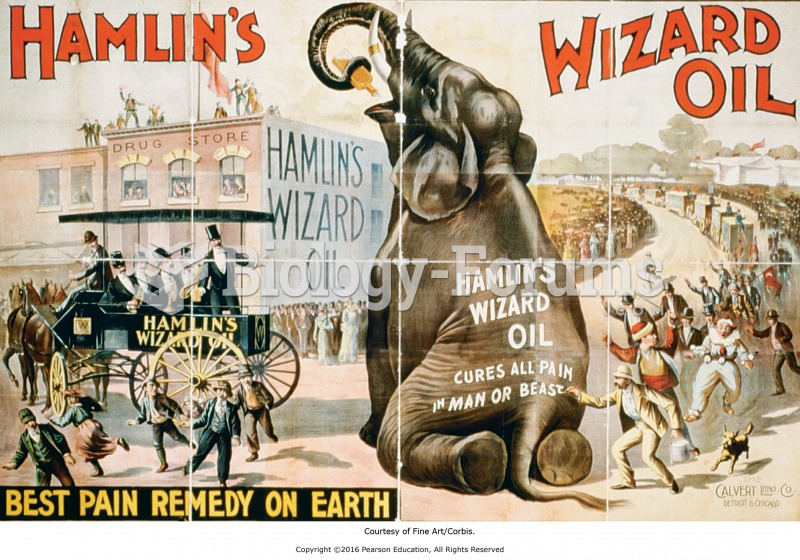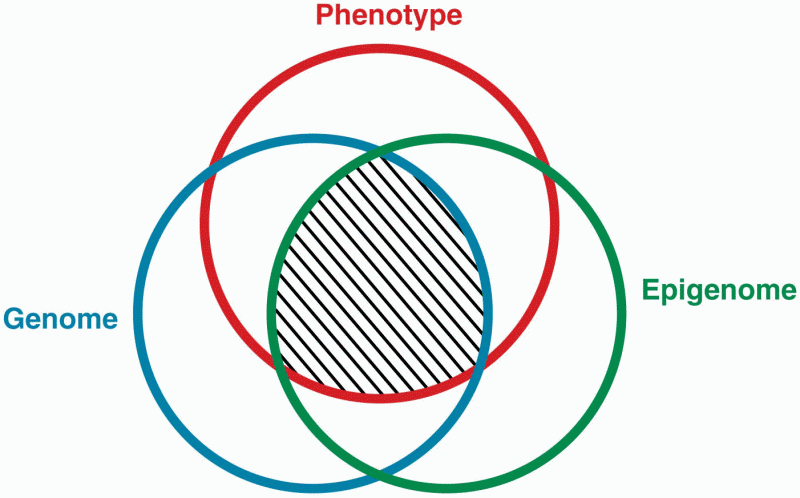|
|
|
Bacteria have been found alive in a lake buried one half mile under ice in Antarctica.
After 5 years of being diagnosed with rheumatoid arthritis, one every three patients will no longer be able to work.
Egg cells are about the size of a grain of sand. They are formed inside of a female's ovaries before she is even born.
In 1864, the first barbiturate (barbituric acid) was synthesized.
Although the Roman numeral for the number 4 has always been taught to have been "IV," according to historians, the ancient Romans probably used "IIII" most of the time. This is partially backed up by the fact that early grandfather clocks displayed IIII for the number 4 instead of IV. Early clockmakers apparently thought that the IIII balanced out the VIII (used for the number 8) on the clock face and that it just looked better.







